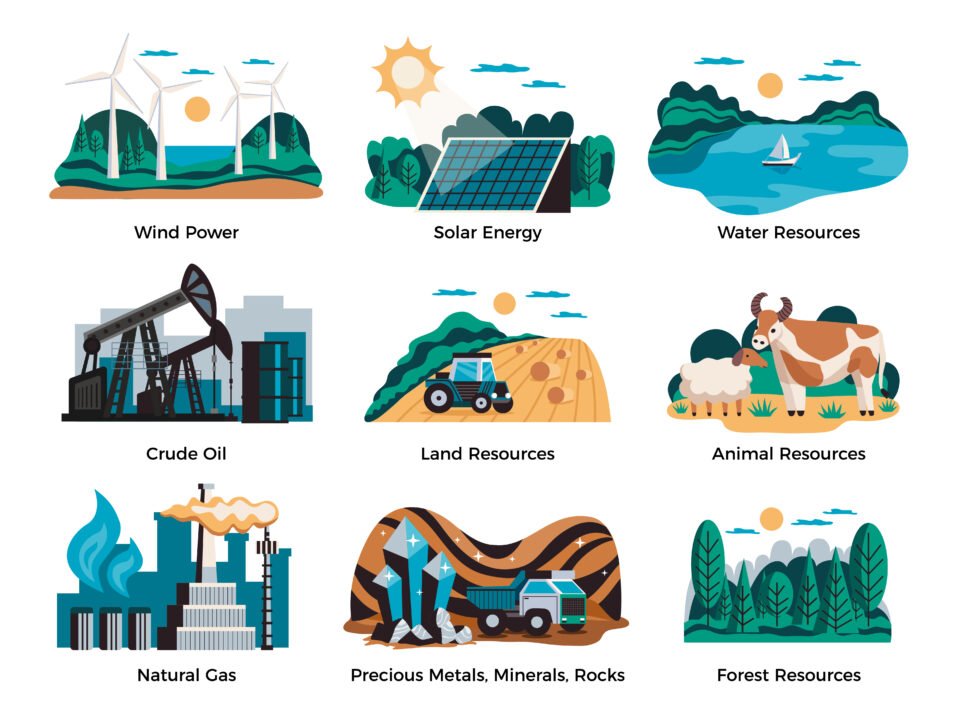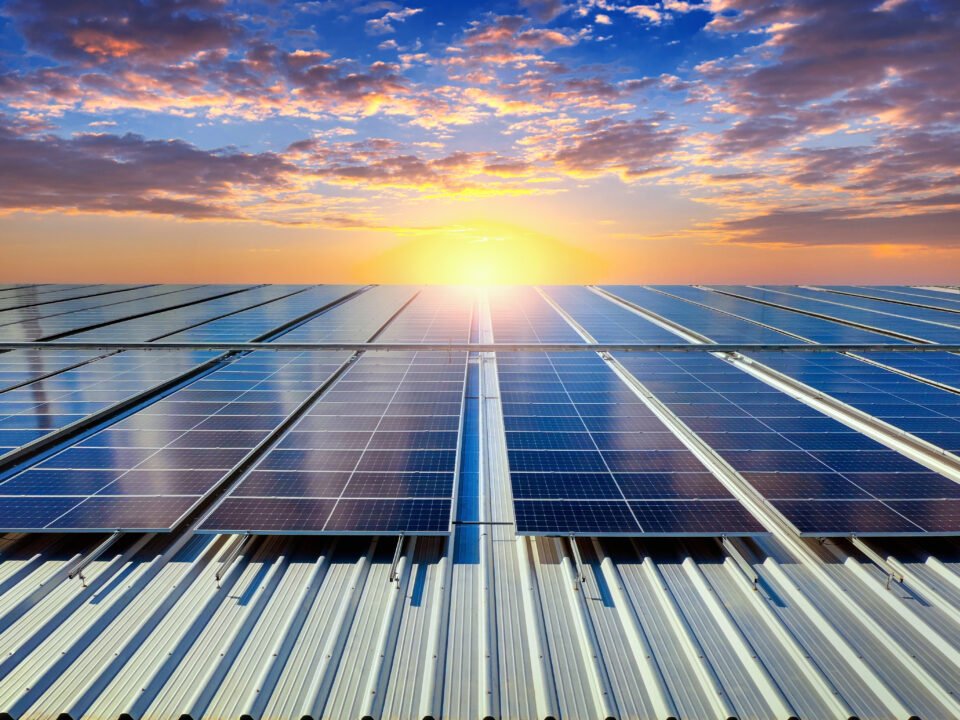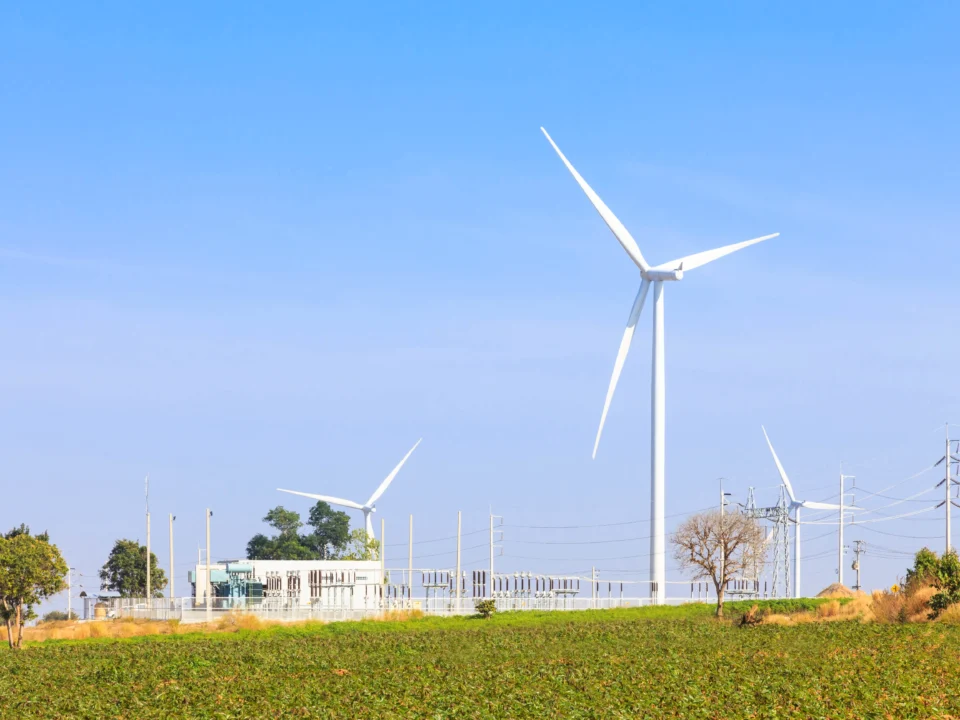Solar tracking systems are revolutionizing utility-scale solar projects by optimizing the angle of solar panels to maximize sunlight capture and energy generation. These systems can significantly increase energy output compared to fixed-tilt systems, making them a crucial innovation in the renewable energy sector1. This blog explores the latest advancements in solar tracking systems and their impact on utility-scale solar projects.
Single-Axis and Dual-Axis Tracking
Solar tracking systems can be categorized into single-axis and dual-axis trackers. Single-axis trackers rotate panels on one axis, typically east-west, allowing them to follow the sun’s path across the sky1. Dual-axis trackers, on the other hand, rotate panels on both east-west and north-south axes, providing even more precise tracking and maximizing energy capture throughout the day. Dual-axis trackers are particularly beneficial in regions with high solar irradiance, as they can capture more sunlight and generate more energy.
High-Density Tracking Systems
Innovations in tracker design have led to the development of high-density tracking systems. These systems allow for more solar panels to be installed in a smaller area, reducing land requirements and installation costs1. High-density tracking systems are ideal for utility-scale projects where space is limited, and maximizing energy output is crucial. By optimizing the layout and orientation of solar panels, these systems enhance the efficiency and economic viability of solar projects.
Bifacial Tracking Systems
Bifacial solar panels, which capture sunlight from both sides, have gained popularity in recent years. Advanced tracking systems designed for bifacial panels optimize light capture from both the front and back surfaces, increasing energy generation1. These systems are particularly effective in regions with high albedo (reflectivity), such as sandy or snowy environments, where reflected sunlight can contribute to energy production.
Smart Tracking Algorithms
Advanced control algorithms and machine learning are being used to optimize tracking strategies based on real-time weather conditions and historical data. Smart tracking algorithms adjust the panel angles dynamically, ensuring maximum energy capture throughout the day1. These algorithms can also account for shading, dust, and other environmental factors that may affect energy production, further enhancing the efficiency of solar tracking systems.
Integrated Data Monitoring and Analytics
Modern solar tracking systems often include integrated data monitoring and analytics capabilities. These systems provide solar farm operators with valuable insights into system performance, potential issues, and maintenance needs1. By analyzing data on energy output, panel orientation, and environmental conditions, operators can optimize the performance of their solar projects and identify areas for improvement.
Terrain-Following Trackers
Terrain-following trackers are designed to adapt to uneven terrain, ensuring optimal panel orientation even on hilly or sloped landscapes. These trackers can adjust the height and angle of panels to maximize sunlight capture, making them suitable for a wide range of geographical locations2. Terrain-following trackers enhance the viability of solar projects in challenging terrains, expanding the potential for utility-scale solar installations.
Future Trends
The future of solar tracking systems looks promising, with ongoing research and development focused on improving efficiency, reducing costs, and enhancing adaptability. Innovations such as advanced materials, improved control algorithms, and integration with other renewable energy technologies will continue to drive the evolution of solar tracking systems1. As the demand for clean energy grows, solar tracking systems will play a vital role in maximizing the potential of utility-scale solar projects.
Conclusion
Innovations in solar tracking systems are transforming utility-scale solar projects by optimizing energy capture and enhancing system efficiency. From single-axis and dual-axis trackers to high-density and bifacial systems, these advancements are making solar energy more viable and cost-effective1. As technology continues to evolve, solar tracking systems will remain a key component in the global transition to renewable energy, contributing to a cleaner and more sustainable future.



